IoT Architecture Design and Business Planning
Rp500,000 Rp99,000
- Description
- Unit Outline
- Instructor
- Additional information
- Certificate
- Reviews (0)
Description
About this course
Ready to migrate your IoT projects to a production environment? Need to evaluate your solution architecture and business docs before committing resources? This course provides the expert guidance and hands-on experience that you need.
Is your business preparing to roll out an IoT solution to a production environment? Do you need to evaluate your solution architecture or submit final business docs before committing valuable resources? Have you completed a thorough evaluation of the security risks that your business might be facing? This course provides the expert guidance and hands-on experience that you need in order to prepare for a successful IoT solution roll-out.
Module 1 provides an overview of the IoT Reference Architecture, introducing Things, Insights and Actions. With a basic understanding of the architecture, students will examine the core and optional subsystems, cross-cutting concerns, principles and concepts of the Reference Architecture, and architecture of key subsystems.
Module 2 uses the Remote Monitoring Solution Accelerator to explore the receipt and processing of remote device telemetry (the most common scenario for IoT) within the context of the Reference Architecture. Students will identify the areas of alignment and where the solution departs from the reference, as well as the tools used to deploy the solution. Students then review some options for customizing the Remote Monitoring solution and complete some customization activities. Students will also review additional accelerator solutions and learn when they may be applicable.
Module 3 introduces students to approaches that can be used to determine and document the business and system requirements that drive key factors such as security, scalability, availability, and disaster recovery service level agreements. They will then apply the requirements, develop a candidate architecture, build a PoC, deliver a cost analysis, and evaluate against quality measures. To finish up the module, students will propose the IoT Hub Operations, Monitoring and Security Processes and Procedures to support the candidate architecture.
In Module 4 students take their defined business requirements and examine how to apply their understanding of IoT Architecture and the capabilities of Azure IoT to create a compelling proposal. They will learn the key attributes of the Azure Cloud and the Azure IoT architecture that should be emphasized, approaches for developing the cost of a proposal and other factors such as support. Students will also consider the steps necessary for moving from a Proof of Concept to a full rollout and how to support the solution.
Course Prerequisites
- Recognize and define the opportunity for IoT solutions that achieve business goals for top/trending industries
- Program resource constrained device hardware, breadboard simple electrical circuits, and capture sensor readings
- Configure and implement two-way communications between devices and a cloud gateway
- Implement data analytics (live streams and stored data) to inform device management and other actions
- Construct IoT data visualizations that enable businesses to gain insights related to their operations
- Apply machine learning to IoT data to facilitate predictive maintenance and improve business services
What you will learn
After completing this course, students will be able to:
- Explain the characteristics and benefits of a cloud solution architecture
- Describe the things, insights, and actions for a proposed IoT solution
- Describe the IoT Reference Architecture Subsystems and security
- Explain the pillars of software quality
- Implement redundancy within an IoT solution
- Deploy the remote monitoring solution accelerator
- Customize a solution accelerator
- Customize and redeploy a microservice
- Apply and tailor the reference architecture to a scenario
- Describe and identify architecturally significant requirements
- Document architecturally significant requirements from a stakeholder interview or business goal documentation
- Design a physical architecture that aligns with a given scenario
- Develop and execute a verification plan against an architecture
- Identify the key objectives of an executive summary
- Articulate the key values of Azure and Azure IoT
- Produce a cost estimate for an IoT solution scenario
- Document an IoT solution architecture
- Construct the business proposal for an IoT solution
- Implement an IoT solution roll out
- Scale an IoT solution to accommodate changing business demands
Estimate Time : 8-12 hours
Module 1: Understanding the IoT Reference Architecture
The first module provides an overview of the IoT Reference Architecture, introducing Things, Insights and Actions. With a basic understanding of the architecture, students will examine the core and optional subsystems, cross-cutting concerns, principles and concepts of the Reference Architecture, and architecture of key subsystems
- Lab 1: Architecture Overview
- Lab 2: Reference Architecture Subsystems and Security
- Lab 3: Pillars of Software Quality
- Lab 4: Implementing Redundancy
Module 2: Exploring Solutions
In the second module, students will use the Remote Monitoring Solution Accelerator to explore the receipt and processing of remote device telemetry (the most common scenario for IoT) within the context of the Reference Architecture. Students will identify the areas of alignment and where the solution departs from the reference, as well as the tools used to deploy the solution. The student will then review some of the options for customizing the Remote Monitoring solution and complete some customization activities. Finally, the student will review additional accelerator solutions and learn when they may be applicable.
- Lab 1: Remote Monitoring Solution Accelerator
- Lab 2: Customize a Solution Accelerator
- Lab 3: Connected Factory and IoT
Module 3: Requirements and RFPs
In module three, students are introduced to approaches that can be used to determine and document the business and system requirements that will drive key factors such as security, scalability, availability, and disaster recovery service level agreements. They will then apply the requirements, develop a candidate architecture, build a PoC, deliver a cost analysis, and evaluate against quality measures. To finish up the module, students will propose the IoT Hub Operations, Monitoring and Security Processes and Procedures to support the candidate architecture.
- Lab 1: Understanding Requirements
- Lab 2: Understanding an RFP
- Lab 3: Responding to an RFP
Module 4: Proof of Value and Rollout
In the final module, students will take their defined business requirements and examine how to apply their understanding of IoT Architecture and the capabilities of Azure IoT to create a compelling proposal. They will learn the key attributes of the Azure Cloud and the Azure IoT architecture that should be emphasized, approaches for developing the cost of a proposal and other factors such as support. Students will also consider the steps necessary for moving from a Proof of Concept to a full rollout and how to support the solution.
- Lab 1: Planning a PoV
- Lab 2: Rollout to Production
- Lab 3: Scaling to Needs
- Lab 4: Retiring Assets

Chris Howd
Senior Content Developer Microsoft
Chris Howd is a senior content developer at Microsoft who focuses on creating training products for the developer audience. Chris started working at Microsoft in 1999, just before the first .NET Framework products were released as beta previews, and has been involved in supporting the launch of .NET products ever since. Most recently, Chris has been working on developer training that supports Microsoft Azure PaaS, Azure IoT solutions, Windows 10 UWP, and Windows 10 IoT Core.

Ranga Vadlamudi
Azure IoT Engineer, Microsoft
Ranga is a member of the Azure IoT Engineering team at Microsoft. In addition to his recent focus on IoT, Ranga is a Data Solution Architect with experience in developing Enterprise, Big Data, Advanced Analytics and Mobility software.

Daren May
Founder/President CustomMayd
Daren May is the President and founder of CustomMayd, a company that specializes in designing and building developer training and next-level digital experiences. Daren is a Windows Development MVP and has written and presented many training courses on a variety of developer topics. His courses can be found on Microsoft Virtual Academy, Channel9 and EdX.org.
Additional information
| Author / Publisher | Microsoft |
|---|---|
| Level | Beginner, Intermediate |
| Language | English |
Certificate
When you enrolled into this course you will automatically get a Certificate of Participation for completing the course. An example is provided below.
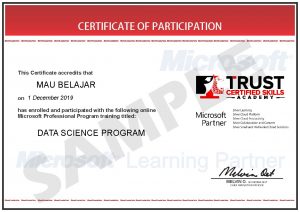
Only logged in customers who have purchased this product may leave a review.


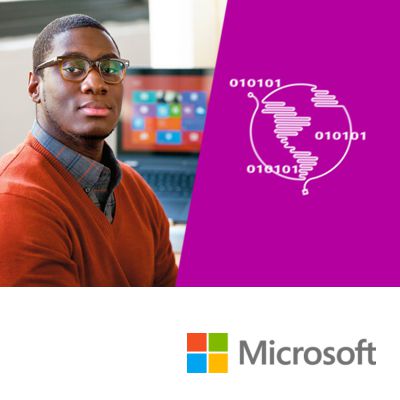
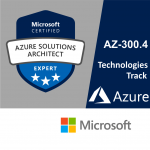


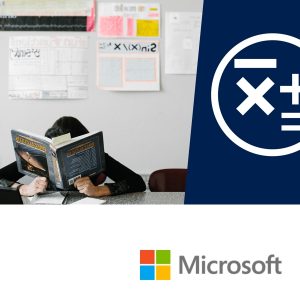


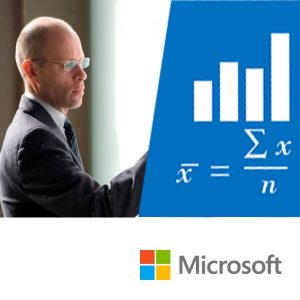
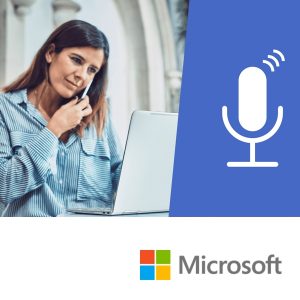
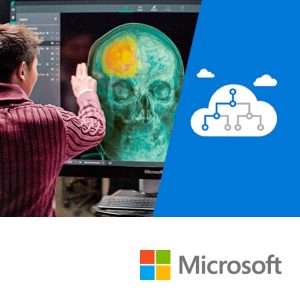
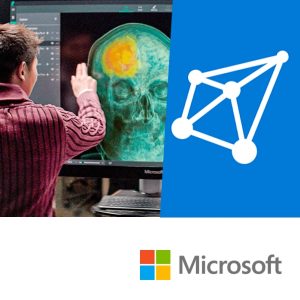
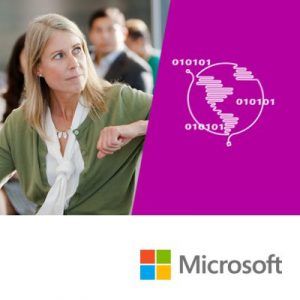
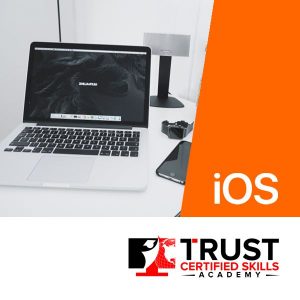

Reviews
There are no reviews yet.